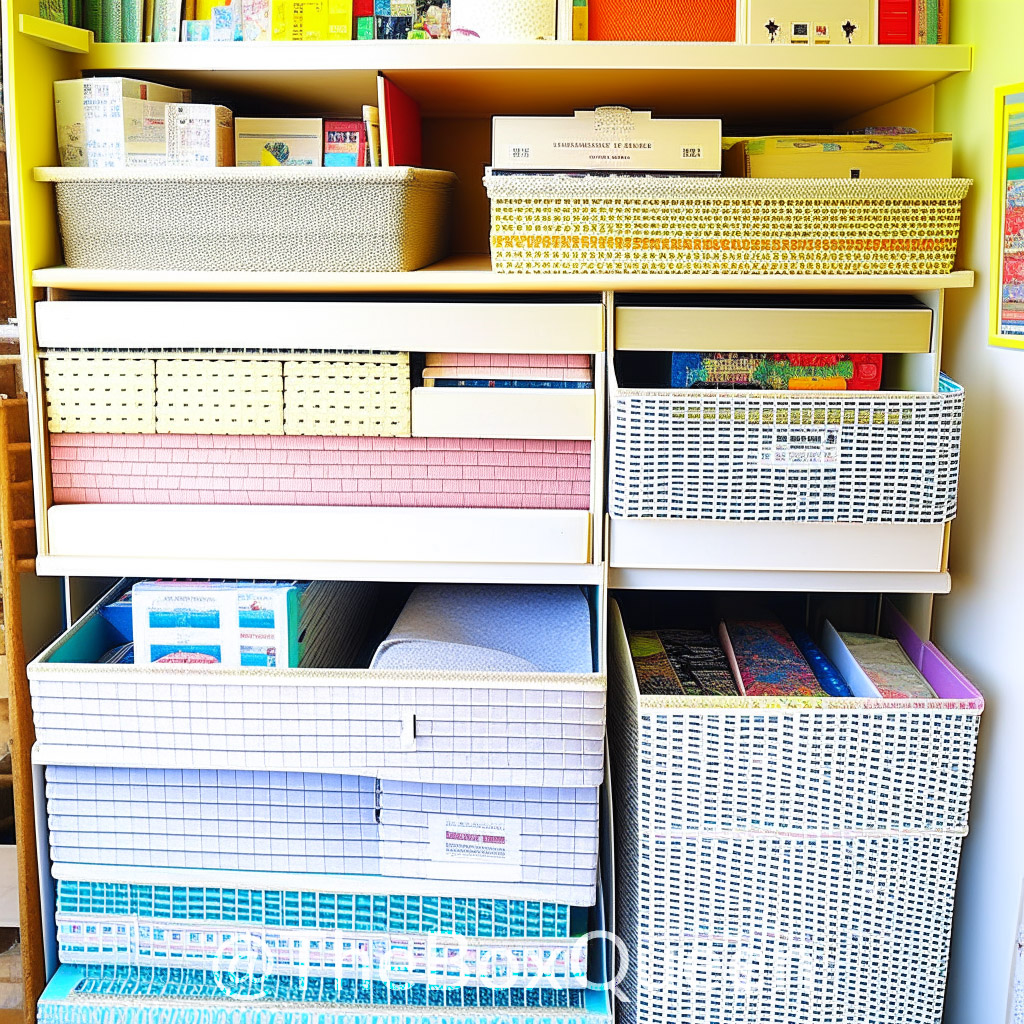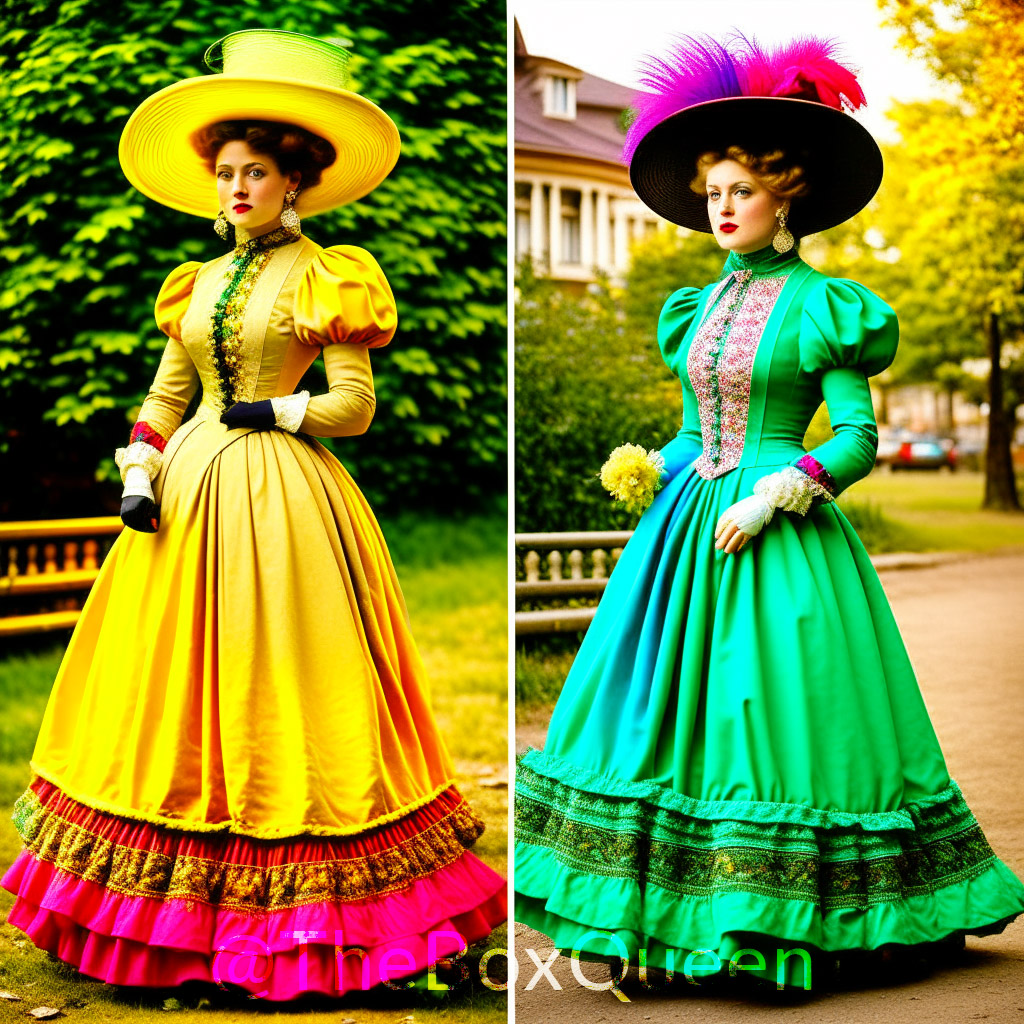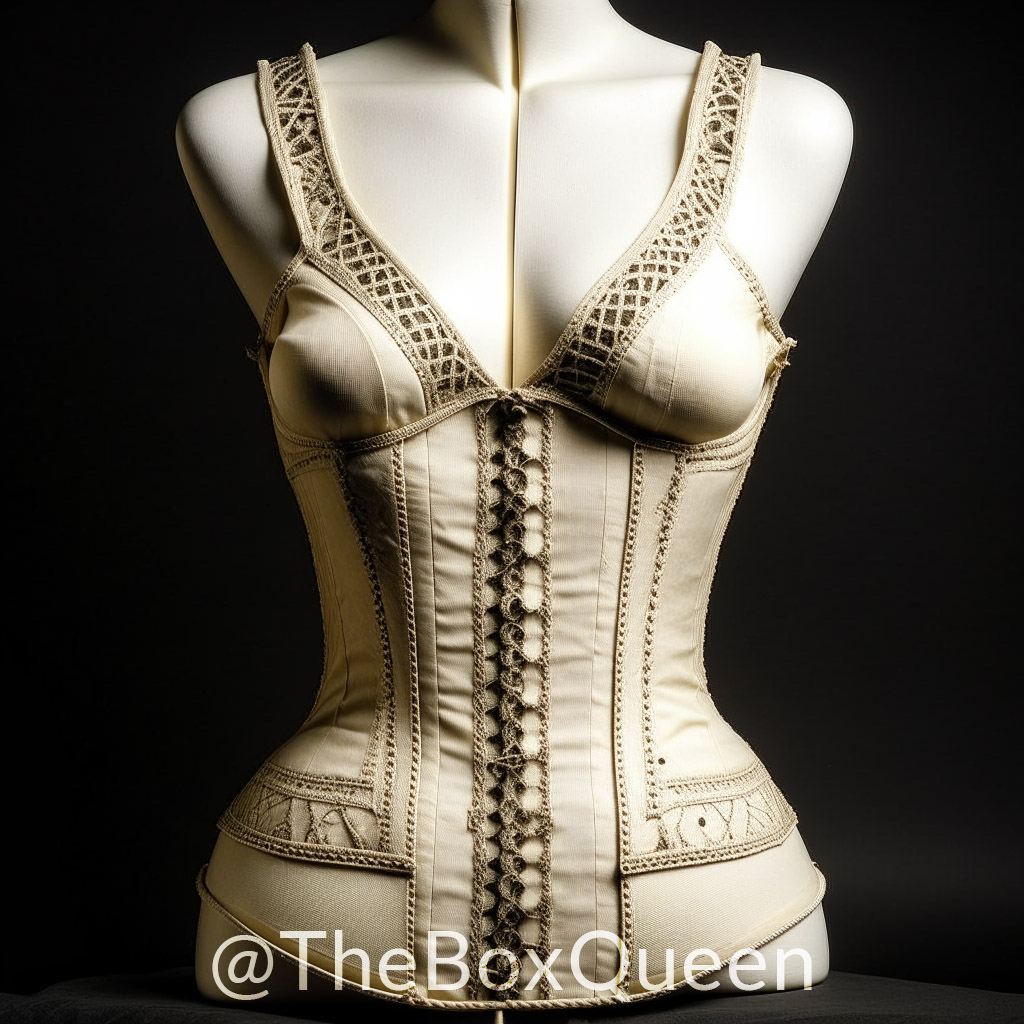Edwardian Fashion
The Edwardian period, commonly referred to as the Belle Époque, was a prosperous and significant period of transition. The Victorian era came to an end with Queen Victoria’s passing in 1901, and King Edward VII’s reign began. Society was getting more prosperous at this time, and people had more disposable income to spend on luxury items like clothing.
After the more constricting and melancholy fashions of the Victorian era, Edwardian fashion was marked by a return to femininity and elegance. Natural waistlines, high necklines, and long, flowing skirts were common in women’s clothes. A fashionable look of the time was the “Gibson girl” appearance, which featured a high bun, long hair, and a full skirt.
In the Edwardian era, men’s clothing tended to be more tailored and handsome, with high-collared shirts, cravats, and waistcoats. Evening dress was often made of silk or velvet, while daytime attire was typically composed of wool or tweed.
New materials and techniques, such the use of synthetic dyes, enabled for the creation of garments with brighter, more vivid hues throughout the Edwardian era. Additionally, the invention of the sewing machine reduced the cost of mass-produced apparel, enabling more individuals to partake in the era’s fashion.
Overall, Edwardian clothing reflected the affluence and optimism of the time by emphasizing refinement, luxury, and grace.
Silhouettes: explanation of the dominant silhouettes of the era, including the S-bend corset, hobble skirt, and puff sleeve.
The “S-bend” corset was the most popular style for women’s clothing throughout the Edwardian era. This corset pushed the bust forward and the hips back, giving the body a definite “S” shape. Using a corset with a longer front panel and a shorter back panel, which served to emphasise the natural curvature of the waist and create the appearance of a longer, thinner torso, helped create this profile.
Another fashionable silhouette at the time was the “hobble skirt.” The moniker “hobble” came from how difficult it was to walk while wearing a skirt with such a narrow hem. In order to get the ideal S-shaped form, this skirt was worn with an S-bend corset.
During the Edwardian era, the puff sleeve was a popular silhouette for women’s clothes. This design had a full, puffy sleeve that fell to the wrist after being gathered at the shoulder. This style was often constructed of sheer or light materials like chiffon, silk, or lace and was frequently seen on blouses and evening gowns.
Other popular silhouettes of the time included the “Directoire” style, which featured a straight, narrow silhouette with a high waistline and a long, flowing skirt, as well as the S-bend corset, hobble skirt, and puff sleeve. The “Gibson girl” look was characterized by a high bun, long hair, and a voluminous skirt.
Overall, the Edwardian era was distinguished by a concentration on femininity, grace, and refinement in clothing, as well as by styles that highlighted the natural contours of the female body and emphasized luxury and extravagance.
Silhouettes: explanation of the dominant silhouettes of the era, including the S-bend corset, hobble skirt, and puff sleeve.
The “S-bend” corset was the most popular style for women’s clothing throughout the Edwardian era. This corset pushed the bust forward and the hips back, giving the body a definite “S” shape. Using a corset with a longer front panel and a shorter back panel, which served to emphasize the natural curvature of the waist and create the appearance of a longer, thinner torso, helped create this profile.
Another fashionable silhouette at the time was the “hobble skirt.” The moniker “hobble” came from how difficult it was to walk while wearing a skirt with such a narrow hem. In order to get the ideal S-shaped form, this skirt was worn with an S-bend corset.
During the Edwardian era, the puff sleeve was a popular silhouette for women’s clothes. This design had a full, puffy sleeve that fell to the wrist after being gathered at the shoulder. This style was often constructed of sheer or light materials like chiffon, silk, or lace and was frequently seen on blouses and evening gowns.
Other popular silhouettes of the time included the “Directoire” style, which featured a straight, narrow silhouette with a high waistline and a long, flowing skirt, as well as the S-bend corset, hobble skirt, and puff sleeve. The “Gibson girl” look was characterized by a high bun, long hair, and a voluminous skirt.
Overall, the Edwardian era was distinguished by a concentration on femininity, grace, and refinement in clothing, as well as by styles that highlighted the natural contours of the female body and emphasized luxury and extravagance.
Women’s clothing: detailed description of the types of garments worn by women during the Edwardian era, including day dresses, evening gowns, and outerwear such as coats and jackets.
Women’s dress during the Edwardian era was distinguished by an emphasis on refinement and grace. Women wore day dresses, evening gowns, and outerwear like coats and jackets the most frequently throughout this time.
Day dresses often had a high neckline, long sleeves, and a natural waistline. They were composed of light fabrics like cotton, linen, or muslin. They were frequently embellished with lace, embroidery, or other kinds of ornamentation. During this time, the “Gibson girl” look, which had a high bun, long hair, and a full skirt, was a preferred day dress design.
Evening dresses were often worn to formal events like balls and parties and were fashioned of expensive materials like silk, satin, or velvet. These dresses generally included exquisite beadwork, lace, or other decorative accents and were more fitting with lower necklines. A common evening gown design at this time was the “Directoire” style, which had a straight, narrow form with a high waistline and a long, flowing skirt.
Coats and jackets, among other outerwear, played a significant role in Edwardian women’s fashion. Usually lined with fur or silk, coats were fashioned of wool or tweed. They had a long, flowing silhouette and were frequently embroidered, buttoned, or decorated with ribbons or other accessories. Lightweight materials like cotton or linen were used to make jackets, which were frequently layered over blouses and dresses.
Overall, the emphasis on femininity, elegance, and refinement in Edwardian women’s clothes was exemplified by the use of opulent fabrics, elaborate embellishments, and a natural waistline. The prominent silhouette of the day was the S-bend corset, hobble skirt, and puff sleeve.
Men’s clothing: detailed description of the types of garments worn by men during the Edwardian era, including suits, trousers, and outerwear such as overcoats and topcoats.
Men’s attire during the Edwardian era was distinguished by an emphasis on tailoring, elegance, and refinement. Suits, trousers, and outerwear like overcoats and topcoats were the most widely worn items among males throughout this era.
Men wore suits to both professional and casual settings. They had a fitted, dapper appearance and were frequently made of wool or tweed. The high-collared jacket was typically worn with a matching waistcoat and pair of pants. Suspenders were used to hold up the pants, which were frequently worn with a crease. A cravat or a tie were common accessories for the suit.
Trousers, which were often made of wool or tweed, were also worn separately from the suit. Suspenders were used to keep them in place as they were frequently worn with a jacket or waistcoat. When worn with a shirt and a tie or bow tie, trousers are frequently worn with a crease.
Overcoats and topcoats were key items of outerwear in men’s fashion throughout the Edwardian era. Overcoats were generally lined with fur or silk and fashioned of wool or tweed. They had a long, flowing silhouette and were frequently embroidered, buttoned, or decorated with ribbons or other accessories. Topcoats, which were frequently worn over suits, were typically constructed of airy materials like cotton or linen.
Men’s clothing during the Edwardian era was often distinguished by a focus on tailoring, elegance, and refinement, with an emphasis on opulent fabrics, complex embellishments, and a high-collared design. The era’s main silhouette was the tailored style. Popular accessories included cravats, bow ties, suspenders, and hats including top hats, bowlers, and homburgs.
Accessories: explanation of the types of accessories worn during the Edwardian era, including hats, shoes, jewelry, and handbags
Both men and women wore accessories to enhance their costumes and to provide a sense of grace and refinement throughout the Edwardian era. Hats, shoes, jewellery, and handbags were among the most often used accessories during this time.
In the Edwardian era, hats were a necessary piece of clothing for both men and women. Women preferred big, wide-brimmed hats embellished with feathers, flowers, or ribbons, while men frequently donned top hats, bowlers, and homburgs.
The importance of shoes in Edwardian dress cannot be overstated. Most commonly with a high sheen, men wore leather shoes. Women’s shoes typically had a high heel and a pointed toe and were made of materials like silk, satin, or velvet.
The Edwardian era saw a significant rise in the popularity of jewellery. Long, flowing pearl or diamond necklaces, bracelets, and earrings were frequently worn by women. Stickpins, cufflinks, and watch chains were frequently worn by men.
Women’s handbags were a common accessory throughout the Edwardian era. They were used to carry tiny belongings like a vanity bag, a fan, and a purse and were frequently constructed of opulent materials like velvet, satin, or beaded textiles.
In general, elegance, refinement, and luxury were the focus of Edwardian accessories. They were worn to enhance the look and add a touch of sophistication; they were frequently constructed of opulent materials and embellished with delicate details.
Textiles and materials: overview of the types of fabrics and materials used in Edwardian fashion, including silk, cotton, and wool.
There were many different types of fabrics and materials utilised in fashion during the Edwardian era. Wool, cotton, and silk were among the most widely utilised materials at this time.
For formal events and evening dress, silk was a common choice. It was used to create opulent ties, cravats, and evening gowns. Silk was the material of choice for sophisticated and elegant garments because of its silky, smooth feel and good drape.
Create breathable, cosy dresses and blouses. Cotton was a popular material for everyday clothing because of its breathability and durability in the face of washing and ironing.
Men’s and women’s coats, jackets, and other outerwear items frequently featured wool. Because of its reputation for warmth and toughness, it was frequently used to create tweed and other robust fabrics. Wool was another material of choice for suits and pants.
In addition to silk, cotton, and wool, velvet, satin, linen, muslin, and lace were also common textiles and materials used in Edwardian clothing. Brighter and more colourful colours were also produced in garments by using synthetic dyes, such as aniline dyes.
Generally speaking, the fabrics and materials used in Edwardian fashion were distinguished by a concentration on luxury and refinement, with an emphasis on natural fibres like silk, cotton, and wool, as well as on the employment of synthetic dyes to generate bright and vibrant colours.
Color and print: explanation of the popular colors and prints used in Edwardian fashion, such as pastels, floral prints, and stripes.
Fashion throughout the Edwardian era had a wide range of hues and patterns. Pastel hues, floral prints, and stripes were some of the most widely used patterns and colours during this time.
In the Edwardian era, pastel hues like light pink, blue, yellow, and green were common options for women’s apparel. They were frequently combined with white lace or other delicate embellishments to give off a delicate, feminine appearance.
During the Edwardian era, floral designs were a popular choice for women’s clothes. They were frequently found on dresses, blouses, and hats, and were frequently utilised to produce a light, romantic aesthetic.
During the Edwardian era, stripes were a common pattern for both men’s and women’s apparel. They were frequently found on shirts, blouses, and dresses, and were frequently utilised to create a nautical or sporty impression
In addition to pastels, floral designs, and stripes, plaids, checks, and geometric prints were also often utilized in Edwardian clothing. Bright and vivid colours are now possible in garments because to the use of synthetic dyes like aniline dyes.
Overall, pastels, floral prints, stripes, and other prints, as well as the use of synthetic dyes to produce brilliant and vivid colours, are what best describe the colours and prints used in Edwardian fashion, which was marked by a focus on elegance, refinement, and luxury.
Hairstyles and grooming: overview of the hairstyles and grooming practices popular among men and women during the Edwardian era.
Hairstyles and grooming techniques had a significant role in both men’s and women’s fashion throughout the Edwardian era.
The “Gibson girl” appearance, defined by a high bun, long hair, and a full skirt, was the vogue for women’s hair at the time. Large, loose curls were a common hairstyle, and ribbons, flowers, or other ornaments were frequently added to the hairstyle. Long hair was also a popular hairstyle for women, frequently done in waves or ringlets.
Men’s haircuts of the time were known for being short, tidy, and well-groomed. Men often wore their hair short, slicked back, and frequently parted on the side. They frequently wore a moustache or a short beard as well.
Both men and women gave significant importance to hygiene when it came to grooming, and activities like shaving and bathing were thought to be necessary. In order to preserve their appearance, males frequently utilized grooming goods like shaving creams, aftershave, and hair pomade, and women typically employed cosmetics like rouge and face powder to accentuate their features.
In general, Edwardian hairstyles and grooming customs were defined by an emphasis on refinement, elegance, and cleanliness, with a concentration on the use of grooming items to preserve and enhance the appearance. Men’s hairstyle was characterized by a short, well-groomed look, frequently with a moustache or a short beard, while women’s hairstyle was marked by a high bun or long hair.

Influential designers and fashion houses: discussion of the prominent designers and fashion houses of the Edwardian era and their impact on fashion.
A number of well-known fashion firms and designers throughout the Edwardian era had a considerable influence on fashion. Among the most significant fashion houses and designers of the time are:
Charles Frederick Worth: One of the most well-known designers of the Edwardian era was Charles Frederick Worth, who is known as the “father of haute couture.” In 1858, he founded his own fashion shop in Paris and started making tailored clothing for the affluent elite. He is recognized for founding the first authentic designer brand and turning fashion into an art form.
Paul Poiret: French fashion designer Paul Poiret was well-known for his use of vivid hues, exotic designs, and cutting-edge styles. One of the first designers to forego the conventional corset in favour of a more natural silhouette, he is credited with popularising the “hobble skirt” and the “Directoire” style.
Lucile: Lucile was a well-known British fashion designer who opened her own fashion house in London in the late 19th century. Lucile was born Lucy Christiana, Lady Duff-Gordon. She was renowned for using pricey materials, elaborate embroidery, and graceful, feminine patterns.
Redfern: Redfern was a well-known British fashion brand that specialised in using opulent materials, elaborate needlework, and graceful, feminine designs. They were renowned for making clothing for the affluent class and for being the first to employ new technology, like the sewing machine, to produce apparel in large quantities.
Callot Soeurs: Four sisters founded the French fashion brand Callot Soeurs, which became well-known for its use of opulent materials, elaborate needlework, and graceful, feminine patterns. They were renowned for making clothing for the affluent class and for being the first to employ new technology, like the sewing machine, to produce apparel in large quantities.
These fashion businesses and designers had a significant impact on the Edwardian era’s fashion, and their creations captured the wealth, optimism, and affluent tastes of the time. They contributed to elevating fashion to an art form by using opulent fabrics, elaborate decorations, and graceful, feminine designs.
Conclusion: summary of the key elements of Edwardian fashion and its lasting influence on fashion and culture.
The Edwardian era, which runs from 1901 to 1910, is known for its emphasis on refinement, elegance, and luxury. The dominant silhouette of the time was an elegant, feminine combination of the S-bend corset, hobble skirt, and puff sleeve. Clothing was made from materials like silk, cotton, and wool, with a focus on natural fibres, and brilliant, vibrant colours were produced using synthetic dyes. Aspects of the fashion that were worn to complete the look and provide a sense of refinement included accessories like hats, handbags, jewellery, and shoes. Popular colours and prints utilised in the era were pastels, floral prints, and stripes.
With an emphasis on elegance, refinement, and cleanliness, Edwardian hairstyles and grooming customs were also a significant component of fashion. Men’s hairstyle was characterised by a short, well-groomed look, frequently with a moustache or a short beard, while women’s hairstyle was marked by a high bun or long hair.
Charles Frederick Worth, Paul Poiret, Lucile, Redfern, and Callot Soeurs were among the prominent designers and fashion businesses of the time who had a great influence on fashion. They are recognised with transforming fashion into an art form and developing cutting-edge techniques and trends that are still in use today.
In summary, the Edwardian era was one of affluence, optimism, and refinement, and this can be seen in the clothing that was worn at the time. The emphasis on refinement, luxury, and femininity, along with the use of pricey materials and elaborate embellishments, have had a lasting impact on fashion and society. The era’s fashion houses and designers also left a lasting impression on the business, and many of the trends they invented are still in use today.



